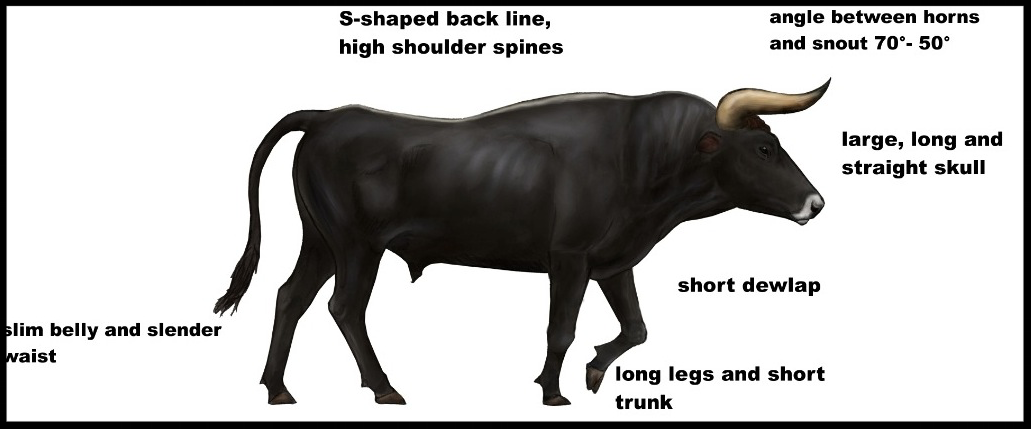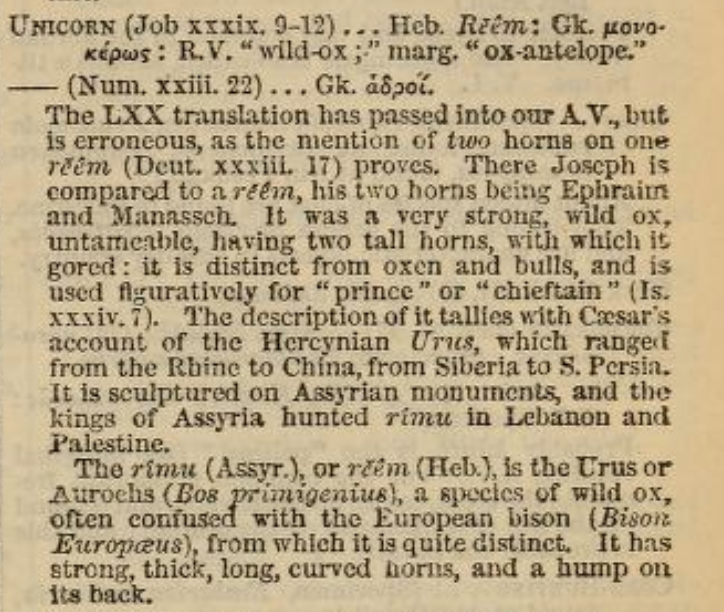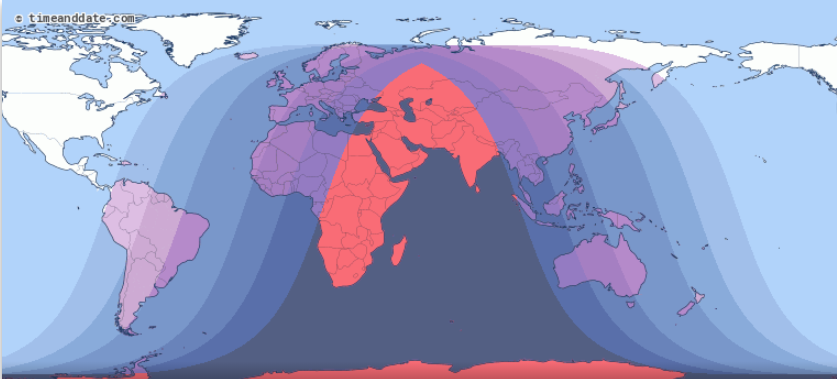מנחות לז, א
בעא מיניה פלימו מרבי מי שיש לו שני ראשים באיזה מהן מניח תפילין א"ל או קום גלי או קבל עלך שמתא אדהכי אתא ההוא גברא א"ל איתיליד לי ינוקא דאית ליה תרי רישי כמה בעינן למיתב לכהן אתא ההוא סבא תנא ליה חייב ליתן לו י' סלעים
The Sage Peleimu asked Rabbi Yehuda HaNasi: In the case of one who has two heads, on which of them does he don tefillin [phylacteries]? Rabbi Yehuda HaNasi said to him: Either get up and exile yourself from here or accept upon yourself excommunication [for asking such a ridiculous question]. In the meantime, a certain man arrived and said to Rabbi Yehuda HaNasi: A firstborn child has been born to me who has two heads. How much money must I give to the priest for the redemption of the firstborn? A certain elder came and taught him: You are obligated to give him ten sela,the requisite five for each head.
Conjoined parapagus twins. This is likely the case brought before Rebbi Yehuda HaNasi, because these twins may have two, three, or four arms and two or three legs. The twins share the umbilicus, lower abdomen, pelvis and genitourinary tract. From Pierro A. Kiley E. Spitz, L. Classification and clinical evaluation. Seminars in Pediatric Surgery 24 (2015): 207–211.
The epidemiology and classification of Conjoined Twins
Rabbi Yehuda HaNasi was indignant: there surely could be no such creature as a human with two heads. His belief was quickly challenged when he was asked about a real case of a child born with two heads - what today we call conjoined twins.
Today, conjoined twins are rare. According to a recent paper in Seminars in Pediatric Surgery, the incidence of conjoined twins ranges from 1:50,000 to 1:100,000 live births, although it is higher in Africa and in South-East Asia. Most pregnancies that are carrying conjoined twins result in miscarriages and stillbirths. Despite this, 18% of all conjoined infants survive to delivery: however about a third die in the first 24 hours, and only 18% of all conjoined twins survive longer than that. If these survival rates were similar in the times of the Mishnah (and back then the survival rate was surely even lower,) the reaction of Rabbi Yehuda’ HaNasi to the question was certainly understandable. It was extremely unlikely that they would live long enough to start the mitzvah of tefillin.
“Parapagus twins lie side to side with ventrolateral fusion. The twins share the umbilicus, lower abdomen, pelvis (single symphysis pubis), and genitourinary tract. They can have anorectal anomaly and colovesical fistula and may be at risk of anencephaly. The conjoined pelvis usually has a single symphysis pubis and one or two sacra. The thorax may be involved. The twins can have (i) separate heads (dicephalic) but the entire trunk is conjoined and (ii) separate thoraces (dithoracic) with the fusion involving the abdomen and pelvis. They can have two, three, or four arms and two or three legs.”
There are two main kinds of conjoined twins: (i) symmetric conjoined twins (this is the kind discussed in today’s Daf Yomi) and (ii) heteropagus or parasitic twins. (A parasitic twin is a grossly abnormal fetus, or fetal parts, attached externally to a relatively normal twin. They are usually comprised of externally attached additional limbs but may also contain body parts. Today, after removing these additional parts and some plastic surgery, the surviving child usually appears normal.) The most likely kind of conjoined twins that Peleimu asked about were parapagus twins. These may be born with two, three or four arms, and it is likely that in the Peleimu’s case they were born with only two arms.
One classification of conjoined twins. 1=thoracopagus, 2=omphalopagus, 3=pygopagus, 4=ischiopagus, 5=craniopagus, 6=parapagus, 7=cephalopagus, 8=rachipagus. From Pierro A. Kiley E. Spitz, L. Classification and clinical evaluation. Seminars in Pediatric Surgery 24 (2015): 207–211.
Conjoined twins in later rabbinic literature
Rabbi Yaakov Hagiz (1620–1674) was born in Fez, Morocco. For a while he lived in Italy, and around 1657 he settled in Jerusalem, where he founded a yeshivah. He described a case of conjoined male twins that he had seen.
שו"ת הלכות קטנות חלק א סימן רמה
זכורני שראיתי במדינות איטלייא גוי א' כבן כ"ה שנים שנולד דבוק עם תאומו עד הטבור חזה כנגד חזה ושם נדבקו והוא היה הולך ושלם כשאר בני אדם וראש הקטן מוטה לצד א' ורגליו תלויות ומגיעות עד ארכובותיו של גדול ולא היה בו הרגשה כלל אלא כאבר שנתבטל חושו ונתקיים כך כמה שנים עם תאומו. נסתפקו ההורגו מאי ואם מלין אותו ומהיכן הוא מתקיים מה שמתקיים צ"ל שטבורו דבוק עם של תאומו והכבד של אחיו שולח דם דרך שריון לכבד שלו ומשם ניזון כמו במעי אמו: ואפשר לדונו כדין גוסס ומלין אותו וממעט חלק ירושה ולכל דבר דינו כגוסס ואם יברך משנה הבריות כתבתי בפי' הש"ע דעל הגדול אין לברך ועל הקטן אומר דיין האמת כי רוב גוססים למיתה
A certain gentile, about twenty-five years old, who was born with a twin joined from his chest to his abdomen…who was able to walk normally like any other person. The head of the smaller twin was tilted to one side and his feet hung down and reached the thighs of the larger twin…it is possible to view the smaller twin as a goses [in the throws of death]…the blessing “he who creates different creatures”(משנה הבריות) is not to be made seeing the larger twin, but on seeing the smaller twin one should make the blessing “he who is the true judge” (דיין האמת)
Another eyewitness account of conjoined twins was recorded by Rabbi Jacob ben Joseph Reischer (~1670-1733). He served in various rabbinical positions in Prague, Worms, and Metz. In his book of responsa, Shevut Yaakov, (Vol 1 no. 4) he was asked about “an entirely new thing” brought from abroad and seen over the winter of 1708:
Two Gentile male twins joined at their skull. Each had all his limbs and feeling in them, like any other person…their faces were joined at the side, meaning that the left ear of one was next to the right ear of the other…from behind it appeared as if there was only a single extremely wide head. The rest of their bodies were quite separate; each would suckle and eat and drink and speak and feel by himself. They were more than a year old. I saw this with my own eyes and I made the correct blessing when I saw them..
Conjoined brothers from Nuremberg Chronicle (1493). From here.
…I was asked what would happen if, God forbid, there was such a case among the Jews…the case discussed in Menachot 37 is quite different from this one….Here there are two separate bodies…and there is nothing new in this, for this is what happened when the world was created…as stated in the Talmud in Berachot and in Eruvin. And the Midrash tells us that he [Adam] was created with two faces, as it states (Gen 5:2): “ זכר ונקבה בראם ויקרא שמם אדם - male and female he created them, and he called them Adam” …Since they are clearly two people each requires to put on the head tefillin (phylacteries), and place it between their own eyes. However they may not marry for there is a question of the prohibition against adultery, for they must sleep together in one bed. It is also forbidden for one to have intercourse because the other is watching… and may the Merciful One deliver us from all the odd and deformed creatures…
The Case in Menachot, and the Hensel twins
In 2002 Michael Barilan from the Meir Hospital and the Sackler School of Medicine in Tel Aviv, published a lengthy paper (Head Counting and Heart Counting) which questioned the assumption that a conjoined twin’s natural interest and wish is separation. “Too often” he wrote, “we tend to oversimplify bioethical problems and see them as a zero-sum game between rival individuals. Conjoinment challenges our sense of selfhood and identity. Rising to this challenge may refresh many commonplace notions about individuality, identity, and being with other people as a fundamental manifestation of being alive as human beings.”
Abby and Brittany Hensel. From here.
Abby and Brittany Hensel are a perfect example of Barilan’s thesis. Born in 1990 in Minnesota, their parents decided not to seperate them at birth after learning that the chances of either surviving such an operation was extremely low. They have a single body and each controls the arms and leg on her side. They learned to walk at a normal age, graduated high school in 2008 and although each twin had to take her own test, they have driver’s licenses (and you can watch them driving here). The twins featured in a three part reality show on TLC in 2012, which later aired on the BBC. It featured their graduation from Bethel University, subsequent job search, and their travels in Europe. Their story, and those of many other unseparated twins, demonstrates that conjoined people may lead loving, meaningful and fulfilling lives together, whether or not they decide to don tefillin each day.
“Both modern canon law and common law determine human individuation by the head. Possibly they had better count hearts. Head-counting is close to a Cartesian view of the soul as a distinct entity that is anchored in the head but not directly engaged with the human body. The Cartesian body is related to its mind as chattel to owner, thus promoting the economic language of division and distribution of lives and limbs...Heart-counting isless metaphysically ambitious or economically domineering and is more attuned to the practical constraints of embodied life, particularly of social beings.”

















